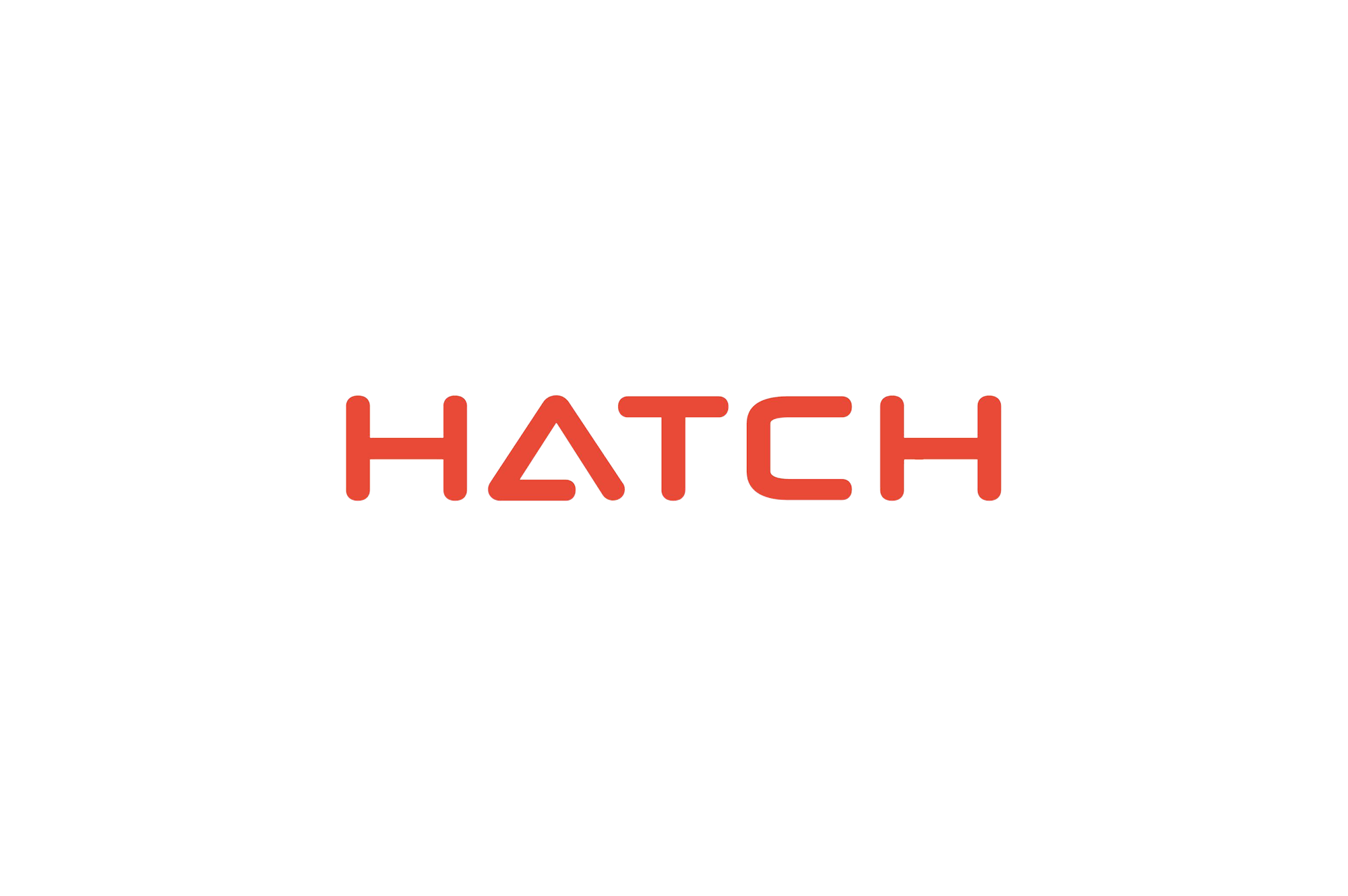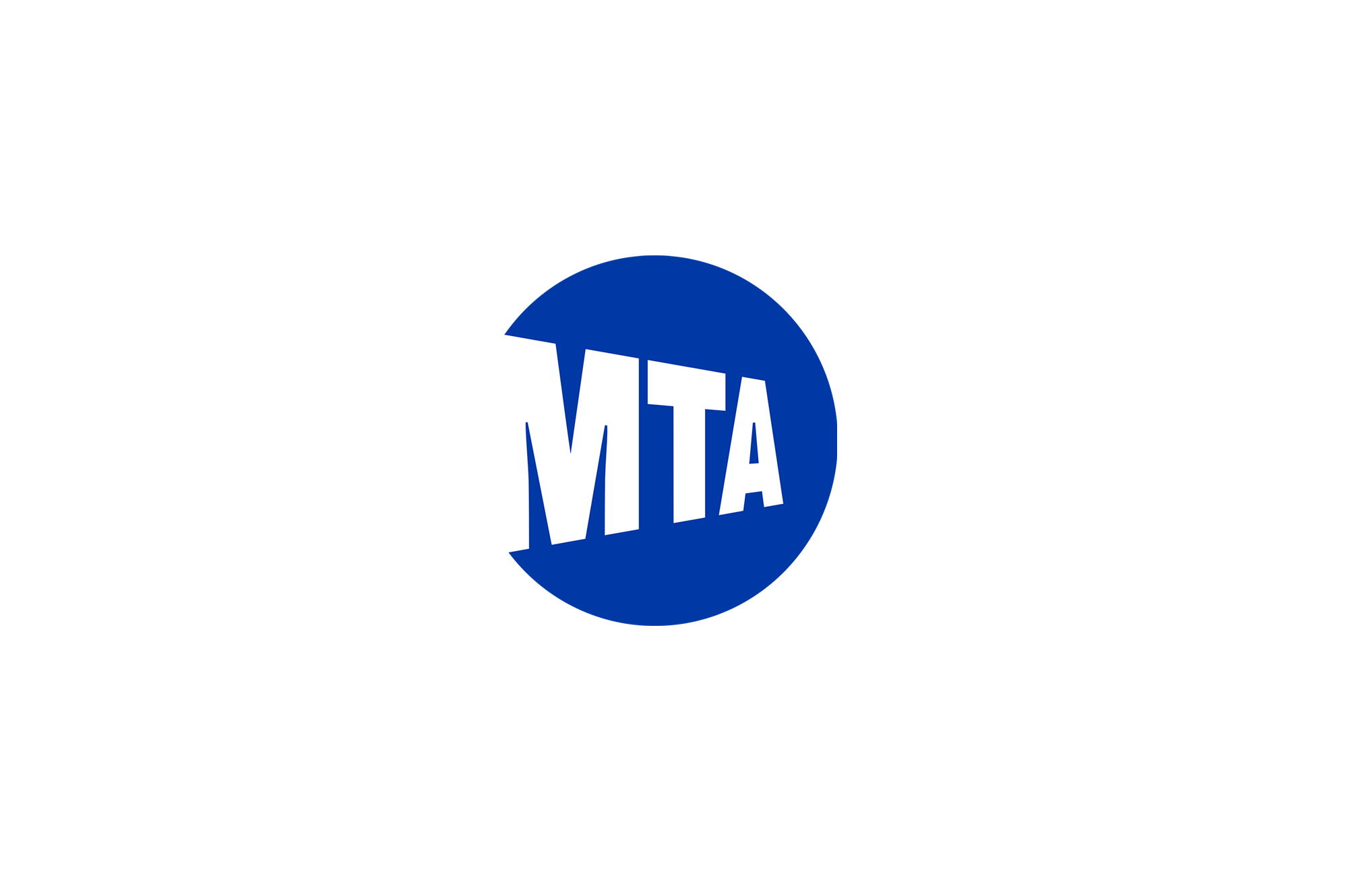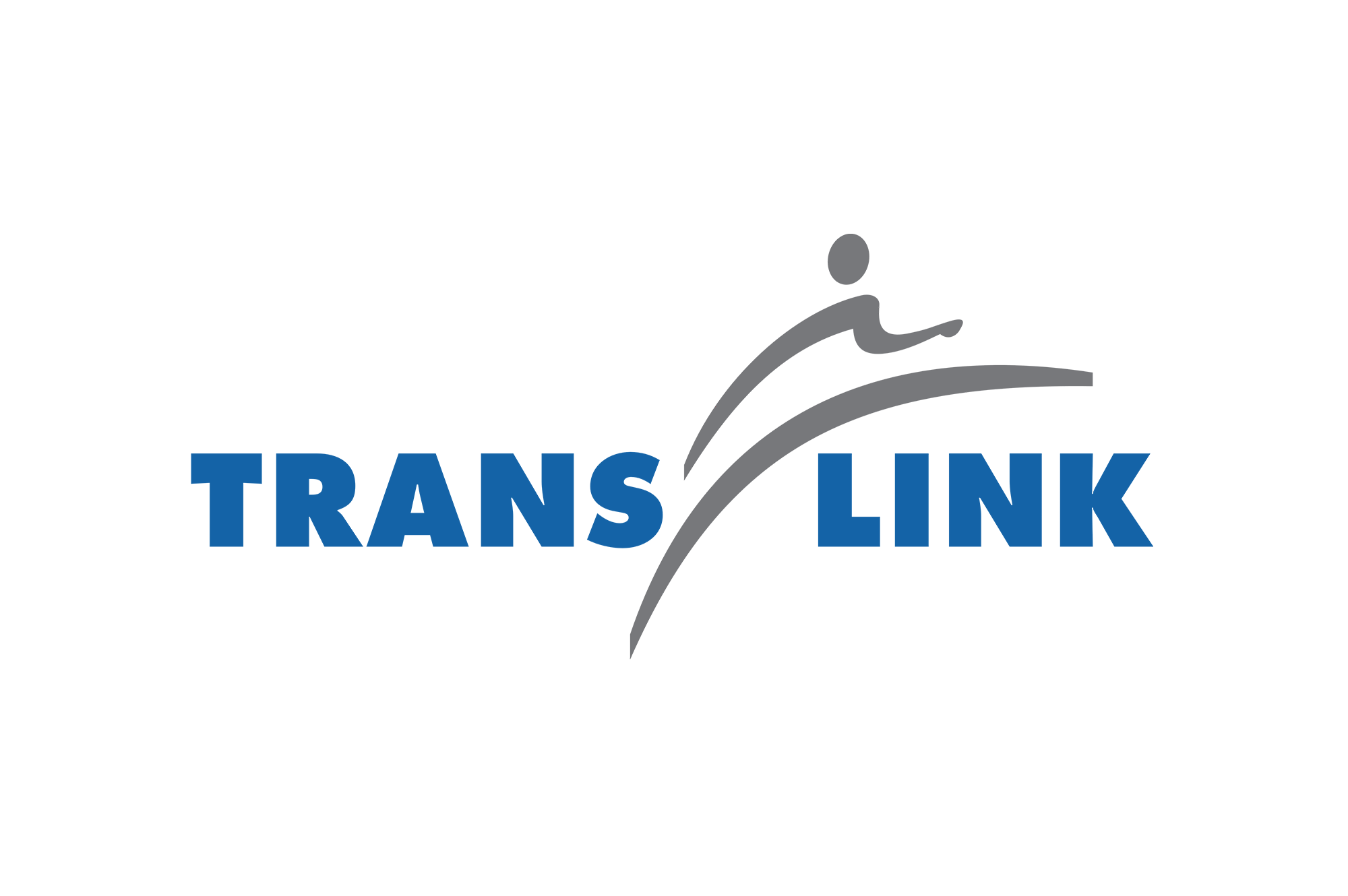
If these last few months have taught us anything, it’s that learning can happen almost anywhere, at any time, about anything.
Whether it’s learning to use a new communications platform (hello, Zoom!), how to homeschool your kids, or how to make a sourdough starter, learning in all its various forms is in full swing these days.
And if organizations are smart, they too will take away important lessons from this vast array of learning, namely that beyond traditional training programs lies another important form of education—a robust continuous learning culture, where learning is woven into an employee’s daily routine.
In a culture of learning, learning doesn’t happen at a particular time and place, dictated by the Learning and Development (L&D) team. Instead, in-the-moment learning is facilitated by L&D and the value of a growth mindset is promoted among the entire workforce.
While formal training still plays an important role in ensuring employees stay up to date with core skills, for organizations that have adopted a culture of continuous learning, learning has become a more employee-driven, independent activity, using tools such as microlearning, blogs, video, artificial intelligence and mobile learning as employees increasingly turn to their smartphones to find just-in-time answers to unexpected problems.
But creating an open learning culture isn’t just about having the right content, tools and technology to support that learning. It’s also about changing leadership, creating psychological safety in the workplace, nurturing curiosity and encouraging questions, setting team goals that are conducive to continuous learning and taking advantage of the power of peer training, which Google has optimized in its “Googler to Googler” program. The program allows employees to volunteer to teach classes or deliver presentations on skills—work-related or not—that they have mastered, be it public speaking or parenting.
The ability to adapt is quickly becoming an essential skill, thanks to the rapid pace of new technology and the digital revolution. According to LinkedIn’s annual survey of job skills, the most in-demand skill wasn’t even on the list in 2019. That means there’s a premium on intellectual curiosity and the desire and ability to quickly grow and adapt skill sets to remain employable.
As the Harvard Business Review puts it: “What you know is less relevant than what you may learn, and knowing the answer to questions is less critical than having the ability to ask the right questions in the first place.”
In addition to Google, companies like American Express and Bridgewater Associates make learning an integral part of their talent management system, appreciating that the single biggest driver of business impact is the strength of an organization’s learning culture.
In fact, research conducted by Bersin found that companies who effectively nurture their workforce’s desire to learn are at least 30 percent more likely to be market leaders in their industries over an extended period of time.
So, if your organization wants to nurture curiosity and innovation, it may be time to explore what else—beyond formal L&D programs—can be encouraged and adopted to create a stronger culture of continuous learning.
We develop digital knowledge solutions. Our team makes heroes of learning and development professionals. We improve workspace experience (and lives) across the globe, with better learning.




















